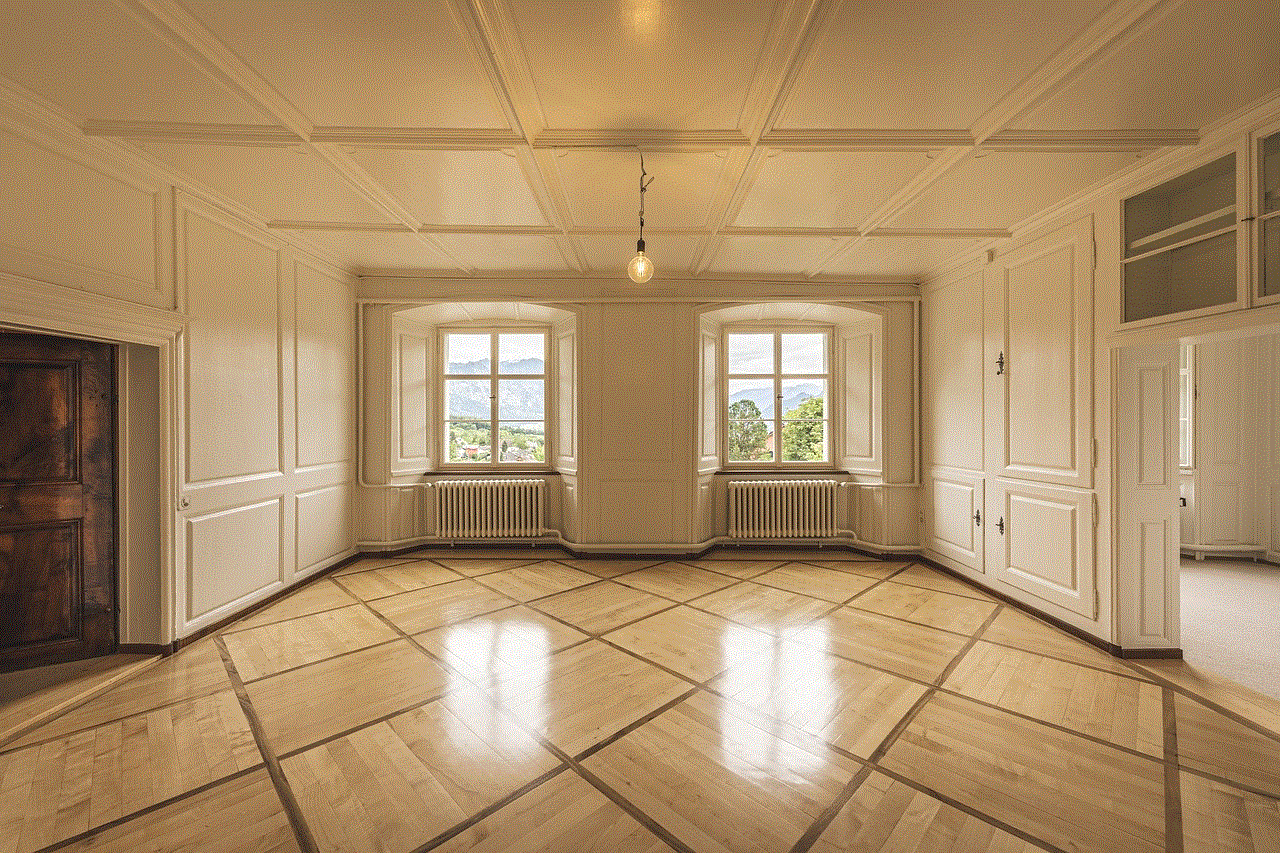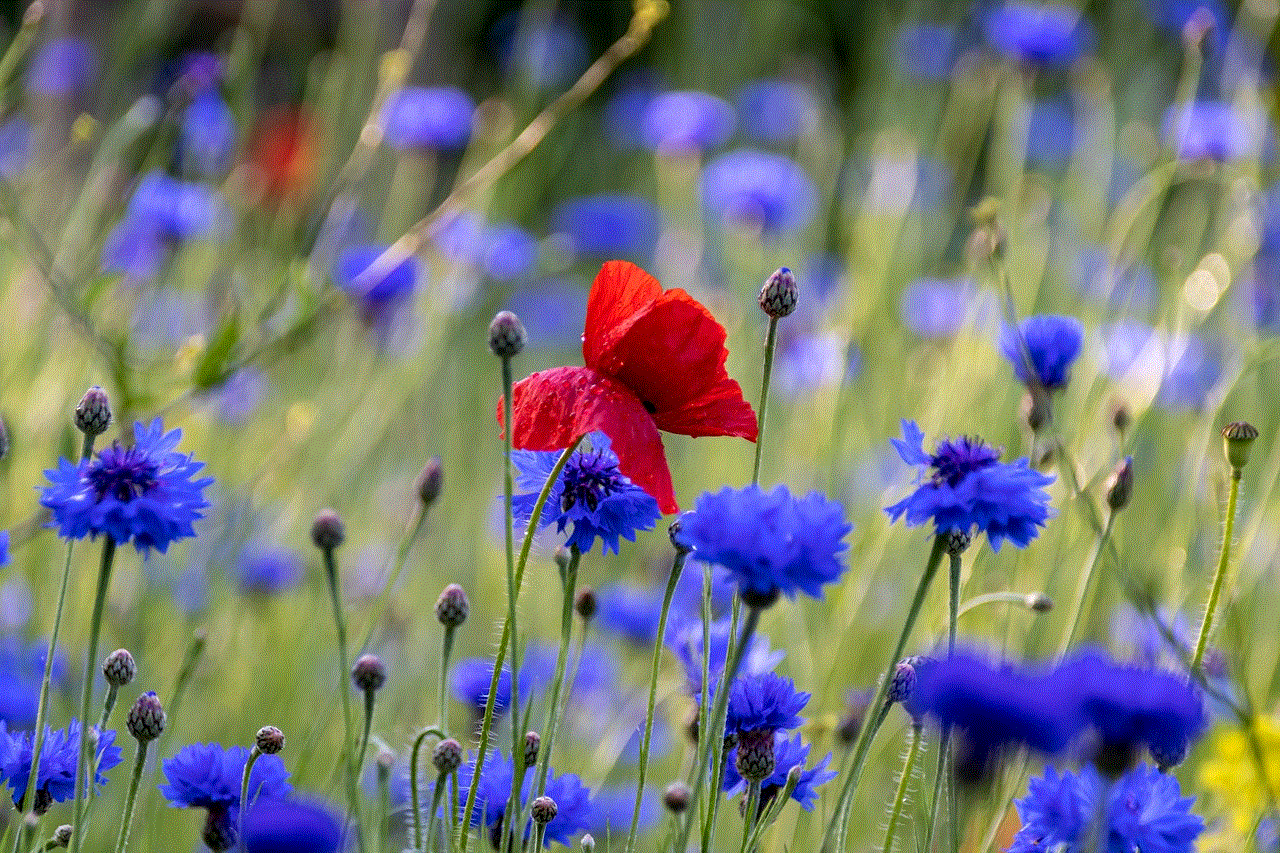how to delete your youtube history
youtube , the world’s largest video-sharing platform, has become an integral part of our daily lives. With millions of videos uploaded every day, it offers a vast range of content, from educational videos to entertainment. However, as much as we enjoy browsing and watching videos on YouTube , there comes a time when we want to clear our viewing history. Whether it’s to maintain privacy or declutter our recommended videos, deleting our YouTube history is a simple yet crucial task. In this article, we will guide you through the steps to delete your YouTube history and answer some frequently asked questions.
Why should you delete your YouTube history?
Before we dive into the steps of deleting your YouTube history, let’s first understand why it is essential to do so.
Firstly, deleting your YouTube history helps you maintain your privacy. Every time you watch a video, YouTube keeps a record of it, which can be accessed by anyone who has access to your account. This means that someone can easily see what you have been watching, which can be embarrassing or even compromising in some cases. By deleting your history, you can ensure that your viewing habits remain private.
Secondly, deleting your YouTube history can help improve your video recommendations. YouTube uses your viewing history to suggest videos that you might be interested in. However, sometimes, it can also recommend videos that you have already watched, leading to a cluttered recommended video feed. By deleting your history, you can ensure that the recommendations are based on your current interests and not your past views.
Lastly, deleting your YouTube history can also free up space on your device. Every video you watch on YouTube gets stored on your device’s cache, which can take up a considerable amount of storage over time. By clearing your history, you can free up this space and make your device run more efficiently.
How to delete your YouTube history on desktop?
Now that we understand the importance of deleting our YouTube history let’s take a look at the steps to do so.
1. Open your web browser and go to youtube.com.
2. Sign in to your account by clicking on the “Sign In” button on the top right corner of the screen.
3. Once signed in, click on the “History” tab on the left side of the screen.
4. You will see a list of all the videos you have watched recently. To delete an individual video, hover your mouse over it, and click on the “X” that appears on the right side of the video.
5. To delete your entire history, click on the “Clear all watch history” button on the top right corner of the screen.
6. You will be prompted to confirm your action. Click on “Clear all watch history” again to confirm.
How to delete your YouTube history on mobile?
If you primarily use YouTube on your mobile device, here are the steps to delete your history:
1. Open the YouTube app on your device and sign in to your account.
2. Tap on the three horizontal lines on the top left corner of the screen to open the menu.
3. Scroll down and tap on “History.”
4. To delete an individual video, swipe left on the video and tap on “Remove.”
5. To delete your entire history, tap on the three vertical dots on the top right corner of the screen and select “History controls.”
6. Tap on “Clear watch history” and confirm your action.
How to automatically delete your YouTube history?
YouTube also offers an option to automatically delete your watch history. This means that you can set a time limit after which your history will be cleared automatically. Here’s how to do it:
1. Follow the steps mentioned above to go to your watch history.
2. Click on the three vertical dots on the top right corner of the screen and select “History controls.”
3. Under “Auto-delete,” select the time limit for which you want your history to be saved. You can choose between 3 months, 18 months, or until you clear it manually.
4. Click on “Pause” to turn off this feature.
How to delete your YouTube search history?
Apart from your watch history, YouTube also keeps a record of all your search queries. Here’s how to delete your search history:
1. Follow the steps mentioned above to go to your watch history.
2. Click on the “Search history” tab on the left side of the screen.
3. To delete an individual search query, click on the “X” on the right side of the query.
4. To delete your entire search history, click on the “Clear all search history” button on the top right corner of the screen and confirm your action.
How to delete your YouTube watch history on incognito mode?
If you are someone who prefers to use incognito mode while browsing, you might be wondering if your YouTube watch history is also recorded. The answer is yes. However, you can easily delete your history in incognito mode by following these steps:



1. Open your web browser and go to youtube.com.
2. Click on the “Sign In” button on the top right corner of the screen.
3. Click on “Use another account” and sign in to your account.
4. Follow the steps mentioned above to delete your YouTube history on desktop or mobile.
How to delete your YouTube history without signing in?
In case you do not have a YouTube account or do not want to sign in to your account, you can still delete your history using the following steps:
1. Open your web browser and go to youtube.com.
2. Click on the “History” tab on the left side of the screen.
3. To delete an individual video, hover your mouse over it, and click on the “X” that appears on the right side of the video.
4. To delete your entire history, click on the “Clear all watch history” button on the top right corner of the screen.
5. You will be prompted to confirm your action. Click on “Clear all watch history” again to confirm.
Frequently Asked Questions (FAQs)
1. Will deleting my YouTube history delete my watched videos?
No, deleting your YouTube history will not delete the videos you have watched. It will only remove them from your history list.
2. Can I recover my deleted YouTube history?
No, once you delete your YouTube history, it cannot be recovered. Therefore, it is essential to think twice before deleting your history.
3. Will deleting my YouTube history affect my subscriptions?
No, deleting your YouTube history will not affect your subscriptions. Your subscriptions will remain intact.



4. Can I delete my YouTube history on one device and still have it on another?
Yes, your YouTube history is linked to your account, not your device. Therefore, you can delete your history on one device and still have it on another.
Conclusion
Deleting your YouTube history is a simple yet essential task that can help maintain your privacy, improve your video recommendations, and free up space on your device. With the steps mentioned above, you can easily delete your history on desktop or mobile, in incognito mode, or without signing in. Additionally, you can also choose to automatically delete your history or delete your search history. We hope this article has helped you understand the importance of deleting your YouTube history and how to do it effectively. So, go ahead and declutter your YouTube history now!
code word for weed
As the legalization of marijuana continues to spread across the globe, the once taboo topic of weed has become a common subject of discussion. With this shift in perspective, the use of code words for weed has also evolved. From the early days of slang terms like “pot” and “grass,” to more recent phrases such as “green” and “herb,” code words for weed have been used to discreetly refer to the substance.
One of the most commonly used code words for weed is “cannabis.” This term is often used in more formal settings or discussions, as it is the scientific name for the plant. It has gained popularity due to its neutral connotation and lack of stigma compared to other slang terms. In fact, many advocates for the legalization of marijuana prefer to use this term, as it is seen as a more respectful and accurate way to refer to the plant.
Another popular code word for weed is “marijuana.” This term originated in the Mexican Spanish language and was adopted by the US government in the early 1900s during their campaign against the substance. However, in recent years, there has been a movement to stop using this term as it is seen as culturally insensitive and rooted in racism. Many argue that the term “marijuana” perpetuates negative stereotypes and invokes fear in people, leading to its replacement with more neutral terms like “cannabis.”
One of the more unique code words for weed is “trees.” This term is believed to have originated from the similarity between the shape of a cannabis plant and that of a tree. It is often used as a playful and discreet way to refer to weed, especially in social settings. The term has gained popularity among younger generations, with many memes and jokes referencing “trees” as a code word for weed.
“Herb” is another popular code word for weed, especially in the Caribbean and African American communities. This term is believed to have originated from the Rastafarian culture, where the use of marijuana is seen as a spiritual and medicinal practice. It is often used in a positive and respectful manner, reflecting the cultural significance of weed in these communities.
In the world of music, there are numerous code words for weed that have been popularized by artists. “Ganja” is one such term, which is believed to have originated from the Hindi word for cannabis. It has been used in numerous reggae and hip hop songs, further cementing its place as a code word for weed in the music industry. Similarly, “pot,” “grass,” and “weed” have all been popularized through various songs and have become synonymous with marijuana in popular culture.
“Mary Jane” is another code word for weed that has been popularized through music and movies. It is believed to have originated from the song “Mary Jane” by Rick James and has since become a term commonly used to refer to marijuana, particularly among the older generations. The term has also been used in various movies and TV shows, further solidifying its place as a code word for weed in popular culture.
In recent years, with the rise of legalization and commercialization of marijuana, there has been an increase in code words for weed that are used in marketing and branding. Terms like “green,” “bud,” “chronic,” and “kush” have become popular among dispensaries and in the cannabis industry. These terms are often used to describe the quality or type of weed being sold, rather than being used as discreet code words.
The use of code words for weed is not limited to the English language. In countries where marijuana is still illegal, people have come up with their own terms to refer to the substance. In Spanish, “mota” is a popular code word for weed, while in French, it is referred to as “herbe.” These terms are often used in these countries to avoid legal repercussions or to discreetly discuss marijuana in public settings.



While the use of code words for weed may seem harmless and even necessary in some cases, it also highlights the stigma and discrimination that still surrounds the substance. The need for discreetly referring to weed implies that there is still a fear of judgment or punishment associated with its use. This highlights the importance of continuing the conversation around the normalization and legalization of marijuana.
In conclusion, the use of code words for weed has a long and evolving history. From the early days of “pot” and “grass” to more recent terms like “trees” and “kush,” code words have been used to discreetly refer to marijuana. While some of these terms may seem harmless and even playful, they also highlight the stigma and discrimination still associated with the substance. As we continue to move towards the normalization and legalization of marijuana, it is important to examine the language we use and the impact it has on society.